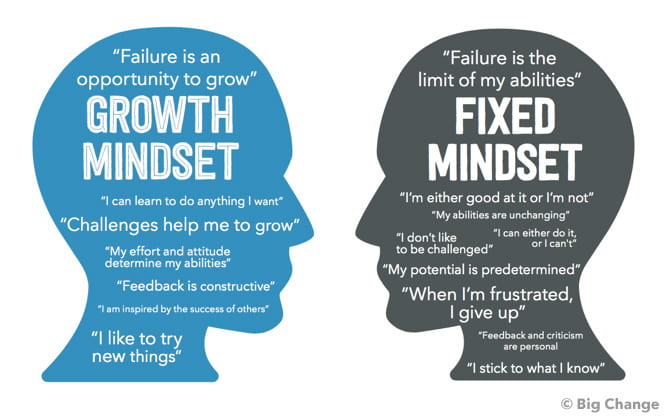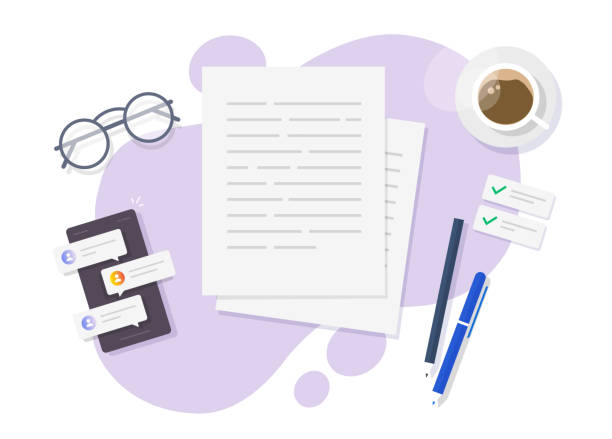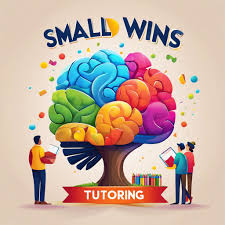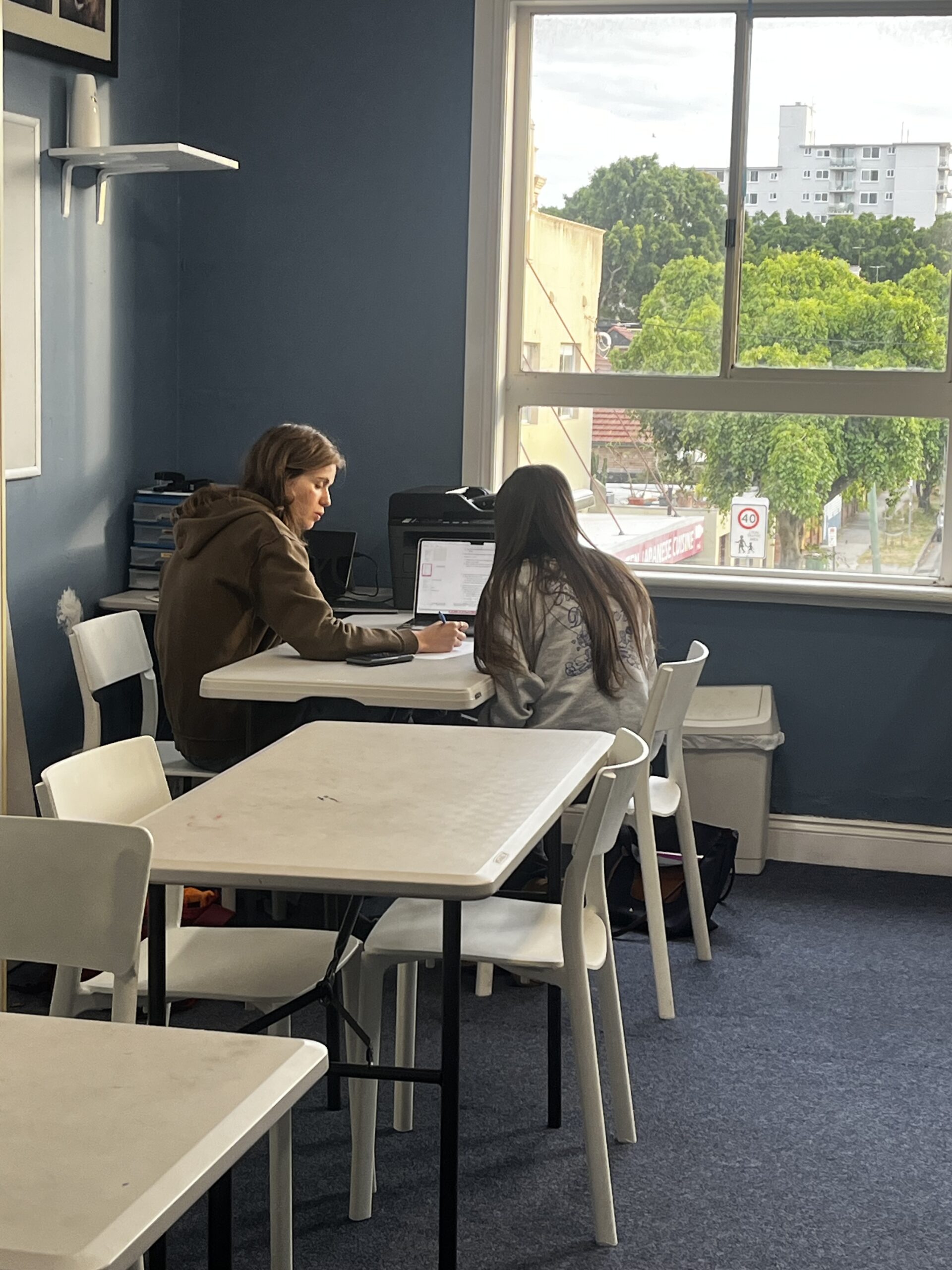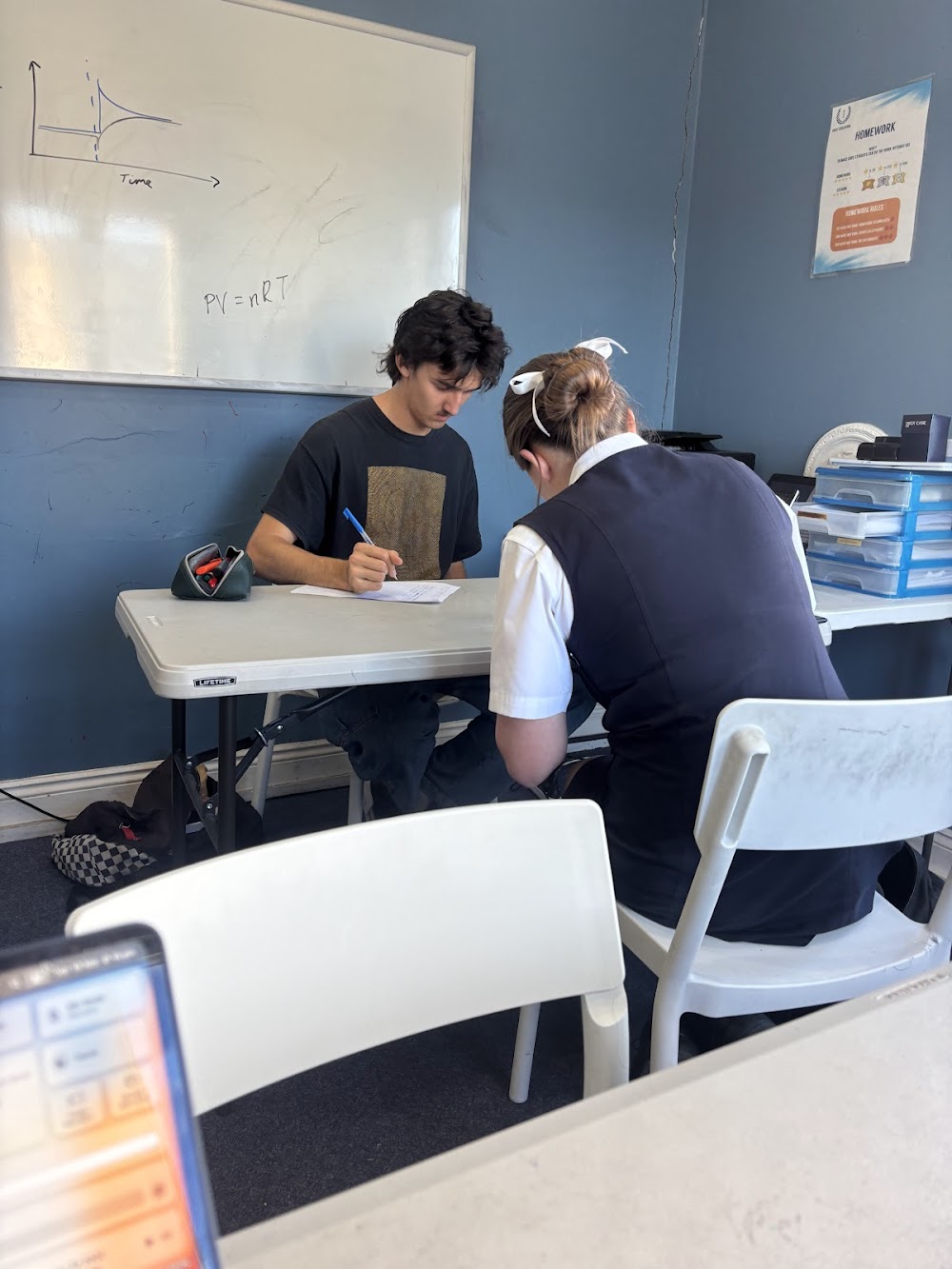
I got to observe Fred teach a Year 11 Chemistry session. While I personally do not take Chemistry, it was interesting to see how he structured his session and helped his student understand a subject as complex as Chem. It was their last session before the test, so Fred made sure to focus on the topics she had expressed she felt less comfortable in. I was really impressed with the way he had prepared worksheets on the topics he knew she struggled with before the session so that no time was wasted and they could jump straight into practice questions ! I appreciated that he would mimic a real exam by giving her questions and a time-limit to stick by. He would also complete the question himself at the same time. When the time was up, he would read her response and compare it to his own to show where she went both right and wrong in her answer. By writing his own response, it helped the student have a tangible “perfect” answer to look back on when studying as well.
Additionally, when the student showed confusion he would break down the query into a diagram alongside much simpler language. Even though I never did Chemistry for my HSC, I could still understand the rationale behind his explanations because of how easy he made it sound ! The diagrams helped a lot as well ! He was encouraging without being overbearing, and he maintained a relaxed tone that made the student feel comfortable asking questions without fear of judgement. By the end of the session, I could see a noticeable improvement in her confidence, and she expressed that she felt much more prepared for her test.
Overall, Fred’s session demonstrated thoughtful preparation, strong communication skills, and an ability to adapt his teaching style to the student’s needs.
Annaliese Lakis



